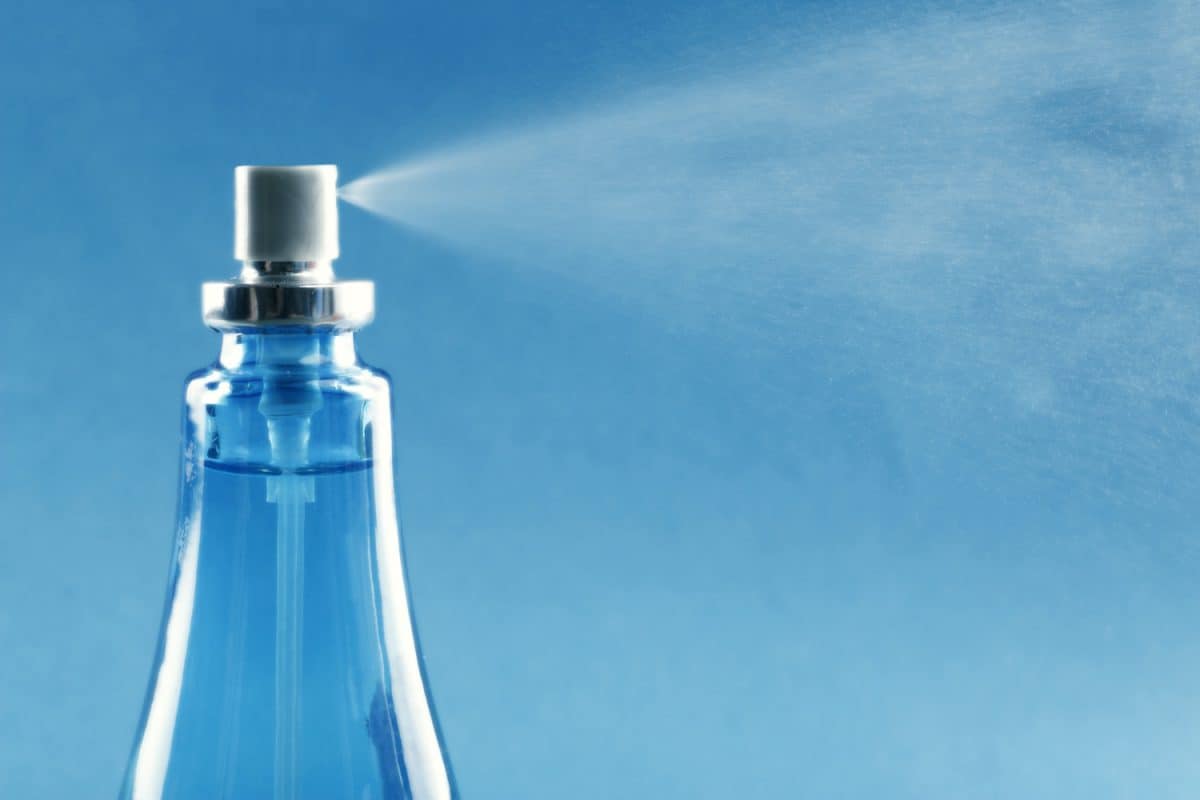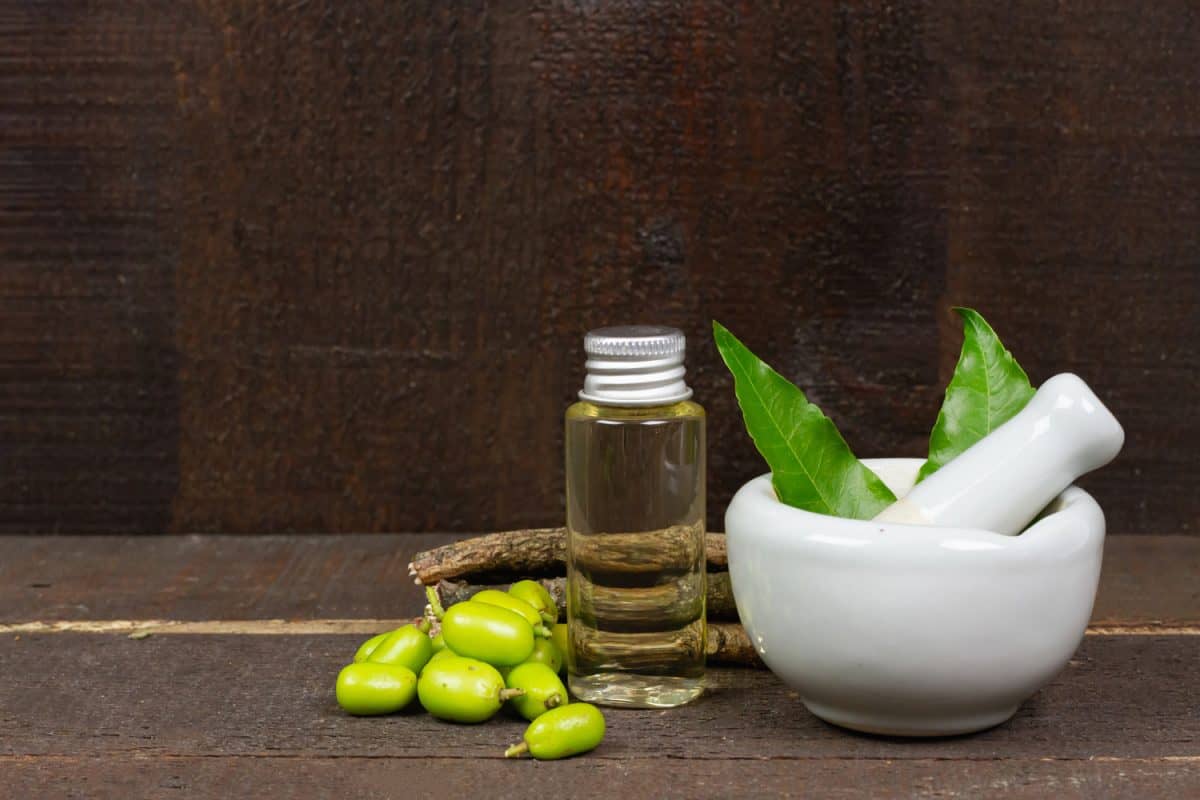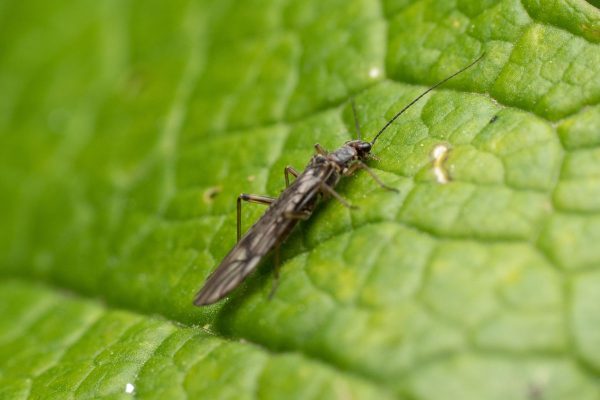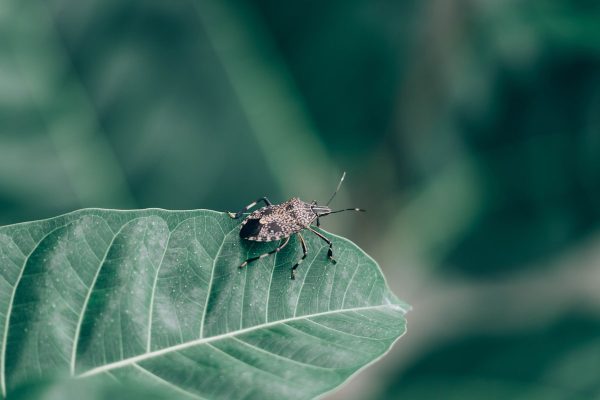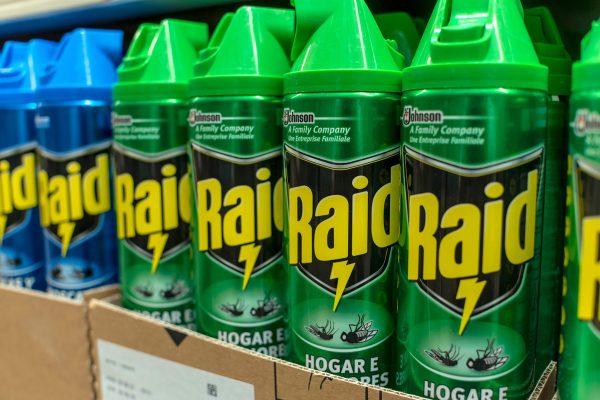Your property might be the new breeding ground for different insects. So now you’re thinking about using Sevin Dust on those pesky critters. But you’re wondering if you can mix it with water. If so, how can you do it? We researched these concerns for you and here’s what we found.
It’s often impractical to mix Sevin Dust with water. The product isn’t soluble in water, making it challenging to use with a sprayer.
However, you can use another product called Sevin Concentrate if you want to kill insects over a fairly large area. Continue reading as we talk about Sevin Dust and Sevin Concentrate in greater detail, including how to use these insecticides.
![The brown marmorated stink bug is an insect in the family Pentatomidae, Can You Mix Sevin Dust With Water? [And How To]](https://pests101.com/wp-content/uploads/2022/06/Can-You-Mix-Sevin-Dust-With-Water-And-How-To.png)
What Does Sevin Dust Kill?
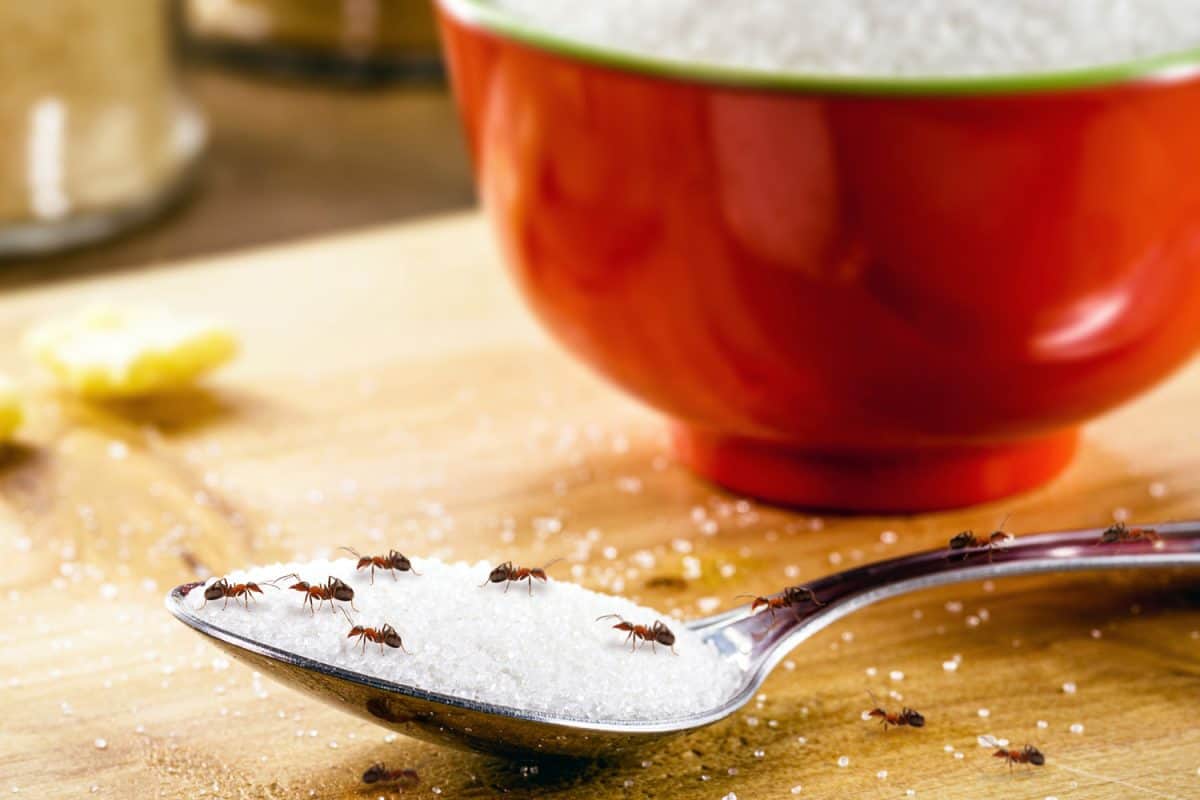
Sevin Dust is a formulated insecticide that can kill over 150 insects. You can use this product to kill pests like:
- Ants
- Fleas
- Spiders
- Stink bugs
- Cucumber beetles
- Ticks
- Lacebugs
- Millipedes
- And more
Check out this product on Amazon.
Take note that you shouldn’t use Sevin Dust haphazardly, particularly if you’re into gardening. You need to think ahead and plan your method of applying this product. Otherwise, you might also eliminate good bugs on your lawn.
Can I Mix Sevin Powder With Water To Spray?
Generally, you can’t mix Sevin Dust with water. It’s recommended to use as is, and it should be quite effective in dealing with the different insects listed on its label.
The reason why it’s not a good idea to mix Sevin Dust with water is that the product isn't water-soluble. In other words, the granules won’t dissolve in water, particularly in significant amounts. But you may try to add a small amount of this substance in water, albeit the effects might not be satisfactory.
On the other hand, you can mix Sevin Concentrate with water. That way, you may cover a broader area than usual on your property to help get rid of many insects.
Check out this product on Amazon.
How To Use Sevin Dust?
Make sure to practice safety protocols before using this product. Wear gloves, a face mask or respirator, and long-sleeved clothing to avoid direct contact with this substance. Once you finish the preparations, follow these steps:
Step-by-Step Guide
- Pour Sevin Dust into a bowl.
- Apply a pinch of the granules into insect-gathering hotspots with your fingers.
As mentioned previously, make sure to pay attention to the location where you’re sprinkling the dust. Otherwise, it might kill insects that can help your garden, such as bees that pollinate flowers.
Watch this video to see a visual guide on how to use this product:
Also, the video below will help give you additional insight into the proper way to use Sevin Dust:
What Are The Directions To Use Sevin Concentrate?
Like using Sevin Dust, proper preparation is vital to prevent mishaps while using Sevin Concentrate. Wear safety equipment like gloves and goggles to prevent possible health issues from direct contact with this product.
Once you finish the preventive measures, you can proceed with this project by following these steps:
What You’ll Need
- Garden sprayer
- Sevin Concentrate
Step-by-Step Guide
Step #1: Identify The Plants With The Insect Infestations
Keep in mind that Sevin Concentrate can be quite strong in killing insects in a fairly large area. So it's important to pay attention to the ratio of this product and water to avoid bringing harm to your plants.
Mix 1.5 ounces of the product per gallon of water if you’re going to use it on flowers, shrubs, vegetables, and small trees. As for tall trees, such as high fruit-bearing trees, mix 3 ounces of Sevin Concentrate per gallon of water.
Shake the solution in a sealed container. Then, put the mixture in the garden sprayer.
Step #2: Spray The Affected Plants
Apply the Sevin Concentrate solution to the infested plants. Ensure that you’re applying an even coating while paying attention to the amount you’re spraying. Also, don’t forget to spray the different parts of plants, including the branches, flowers, and stems.
Check out this portable garden sprayer on Amazon.
How Long Does It Take Sevin Dust To Kill Bugs?
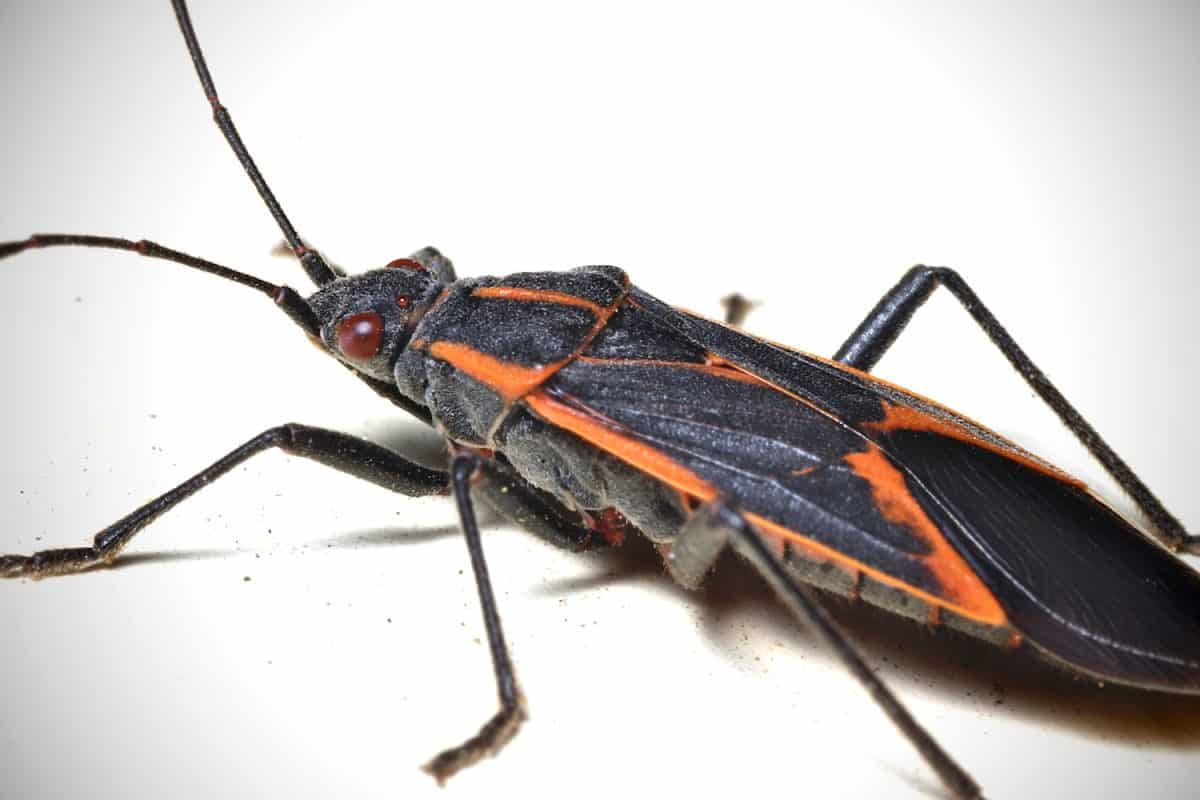
Sevin Dust can kill different bugs almost instantly upon direct contact. However, it’s not a solution that can eliminate nests within the property. You may increase the efficacy of your insect-killing methods by searching for the pests’ breeding grounds and getting rid of them.
Is Sevin Dust Harmful To Humans?
Carbaryl, the active ingredient in Sevin Dust, can be toxic to humans through direct contact. That’s why it’s important to wear appropriate equipment while using the product.
Short-term exposure to carbaryl may introduce symptoms like:
- Headache
- Diarrhea
- Drooling
- Nausea
- Vomiting
- Stomach cramps
Continuous or long-term exposure to this harsh chemical may put you at risk of serious health complications, such as:
- Seizure
- Cancer
- Reduced muscle tone
- High blood pressure
- Blood poisoning
- Respiratory problems
- Reduced heart and lung performance
It’s also important to mention that carbaryl’s potency often remains at its peak for about four days. So it's ideal to stay away from an area infused with Sevin Dust or Sevin Concentrate during that period to prevent health concerns.
Is Sevin Dust Harmful To Dogs?
As it’s harmful to humans, Sevin Dust is also hazardous to pets, especially dogs. So don't let your dogs and other pests get into areas on your property where you recently applied this product.
What Can I Use Instead Of Sevin Dust?
If you think that Sevin Dust is too harsh for your pest-killing preferences, you can try alternatives to that product. Some options you may want to check out are:
Diatomaceous Earth
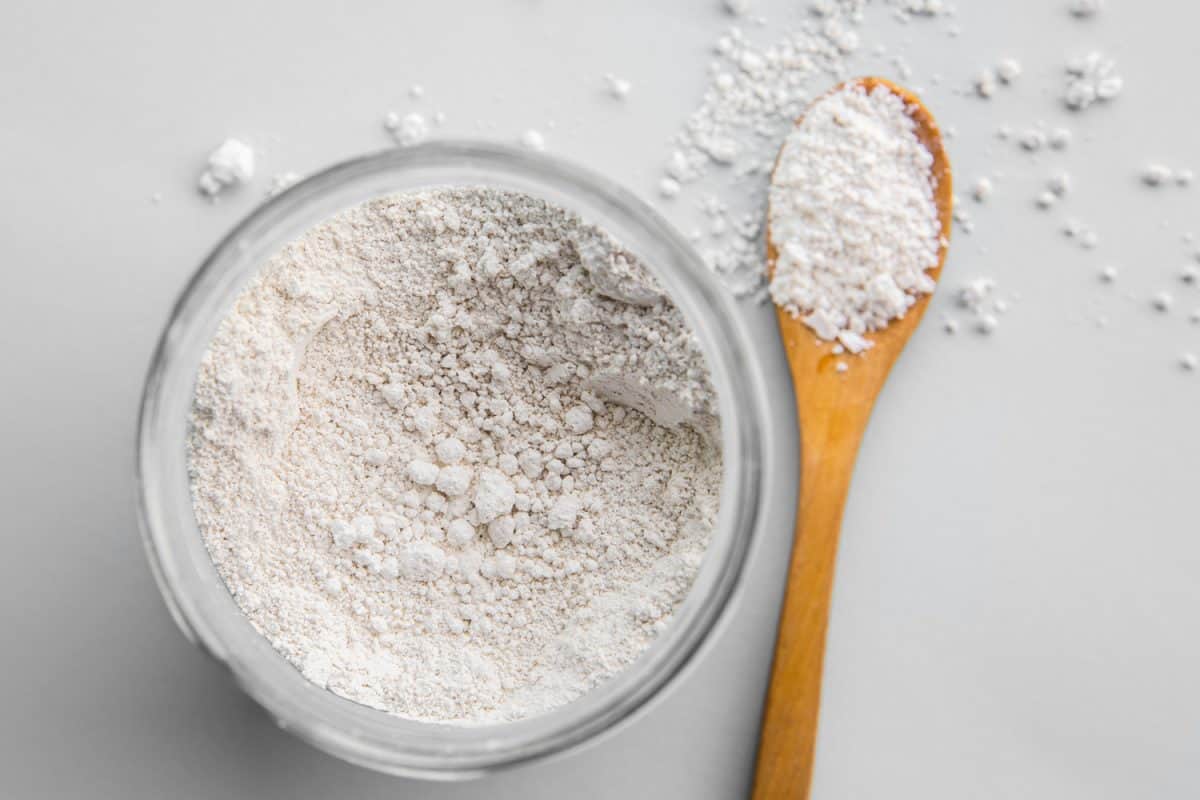
Diatomaceous earth comes from hardened remnants of aquatic species known as diatoms. If used on insects, it can melt the exoskeleton of certain bugs, deteriorating their outer shells and exposing them to harm.
Many gardeners would prefer diatomaceous earth over other insecticides because it’s relatively safe to use around animals and humans. In particular, food-grade diatomaceous earth is relatively safe for human consumption, even in reasonably large amounts.
This substance can kill a variety of insects, including:
- Cockroaches
- leas
- Ants
- Ticks
- Slugs
- Bed bugs
Check out this product on Amazon.
Neem Oil
As an organic pesticide, neem oil can help deter and eliminate a range of insects without putting significant harm to the environment. As its name implies, it comes from the neem tree and it typically smells like garlic or sulfur.
It can help kill pests like:
- Aphids
- Whitefly
- Moth larvae
- Japanese beetles
- Spider mites
Although quite effective, using neem oil still needs proper handling. Using a significant amount of this product may cause leaves to burn. So spraying neem oil over a wide area might not be the best way to use this product.
Instead, think about using bait. Then, spray the location with a concentration of bugs with the neem oil. That way, you won't put other plants on your property at risk of contracting harm. Also, reapply this solution as many times as necessary if it can’t kill insect nests within and around your area.
Final Words
Sevin Dust is typically an insoluble product, making it challenging to dissolve in water. You may still mix the lawn granules with water, although you might only be able to liquefy a small amount. Also, the efficacy of the mixture might not provide satisfactory results if applied this way.
If you like this post, you can check out this other great read:


